Disclosure: This article contains affiliate links. We may earn a commission from purchases at no extra cost to you, which helps our travel content.
The tram rattled and swayed as it climbed the steep gradient toward Mid-Levels, a familiar mechanical symphony that's been playing across Hong Kong Island for over a century. Below me, the iconic skyline dissolved into a labyrinth of narrow streets and hidden passageways. This is where the real Hong Kong breathes – in the neighborhoods that tourists rarely venture into, where everyday life unfolds in vibrant color and controlled chaos. After five visits to this vertical city, I've finally learned to look beyond the postcard panoramas to discover the soul of Hong Kong in its secret neighborhoods.
Sham Shui Po: Where Locals Shop and Makers Create
My love affair with Sham Shui Po began three years ago when a local friend insisted I visit this working-class district in Kowloon. 'This is the real Hong Kong,' she promised. She wasn't exaggerating. Unlike the polished shopping malls of Central, Sham Shui Po reveals Hong Kong's raw entrepreneurial energy through its specialized markets and family-run businesses.
The electronics market along Apliu Street is a tinkerer's paradise – a chaotic wonderland of components, gadgets, and tools where you'll find everything from vintage camera parts to the latest smartphone accessories. Nearby, fabric sellers along Ki Lung Street display rolls of textiles in every imaginable color and texture. This is where Hong Kong's fashion students source materials, and where I found the perfect linen for a custom shirt made by a local tailor.
But it's the food scene that keeps drawing me back. Forget michelin stars – the true culinary treasures hide in plain sight. At Lau Sum Kee, I watched in awe as the noodle master hand-pulled bamboo-pressed noodles using techniques passed down through generations. For the best experience navigating these crowded streets, I always bring my crossbody sling bag – perfect for keeping valuables secure while leaving hands free for street food exploration.
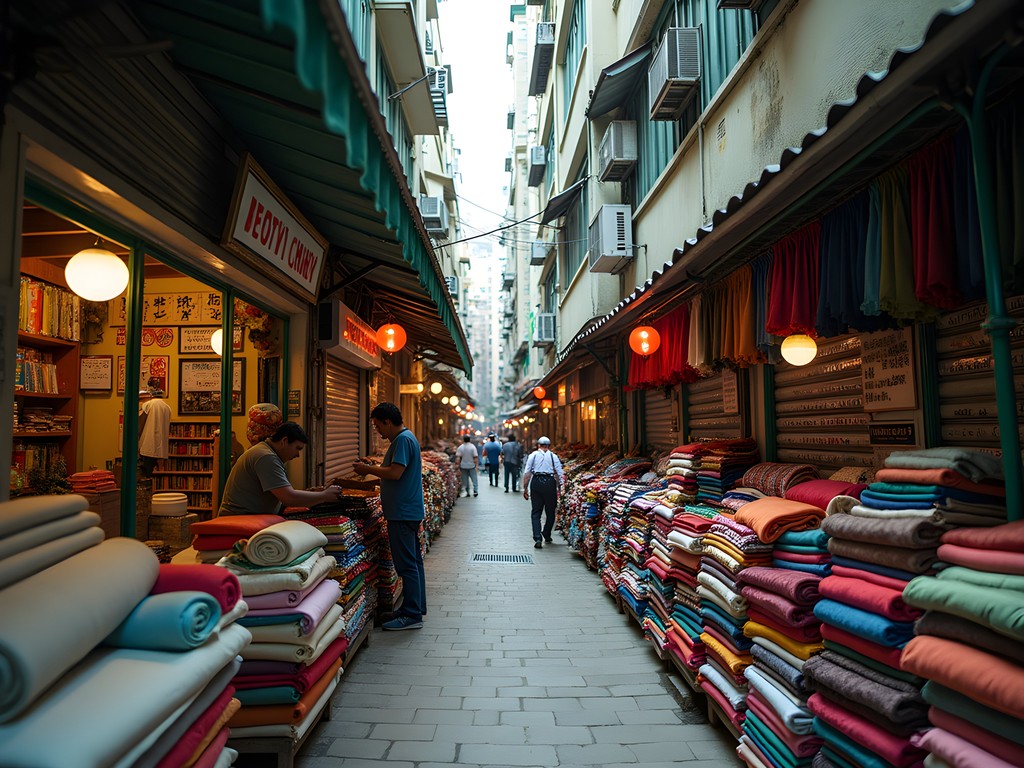
💡 Pro Tips
- Visit on weekdays to avoid the weekend crowds
- Bring cash as many small vendors don't accept cards
- Try the cheong fun (rice noodle rolls) at the Michelin-recommended Hop Yik Tai on Kweilin Street
Tai Hang: Creative Hub in the Urban Shadows
Nestled between Causeway Bay's commercial buzz and Victoria Park's green expanse lies Tai Hang, a neighborhood that perfectly embodies Hong Kong's rapid transformation. Once home to auto repair shops and modest apartments, it's now a creative enclave where traditional businesses coexist with stylish cafés and boutiques.
The narrow grid of streets here feels like a secret hideaway. On my last visit, I spent hours wandering through Tai Hang's lanes, where century-old temples stand alongside sleek coffee shops. Lin Fa Kung Temple offers a moment of spiritual reflection amid the urban energy, its incense coils hanging from the ceiling creating hypnotic spirals of fragrant smoke.
For coffee enthusiasts, this neighborhood is a revelation. My personal ritual involves starting mornings at Unar Coffee Company, a hole-in-the-wall café barely bigger than a closet, where the baristas craft exceptional flat whites. I typically bring my insulated coffee mug for takeaway coffee – it keeps drinks hot for hours while I explore, and reduces single-use waste.
The neighborhood truly comes alive during the Fire Dragon Festival each autumn, when a 67-meter dragon studded with incense sticks winds through these narrow streets in a tradition dating back over a century. Time your visit right, and you'll witness one of Hong Kong's most authentic cultural spectacles.
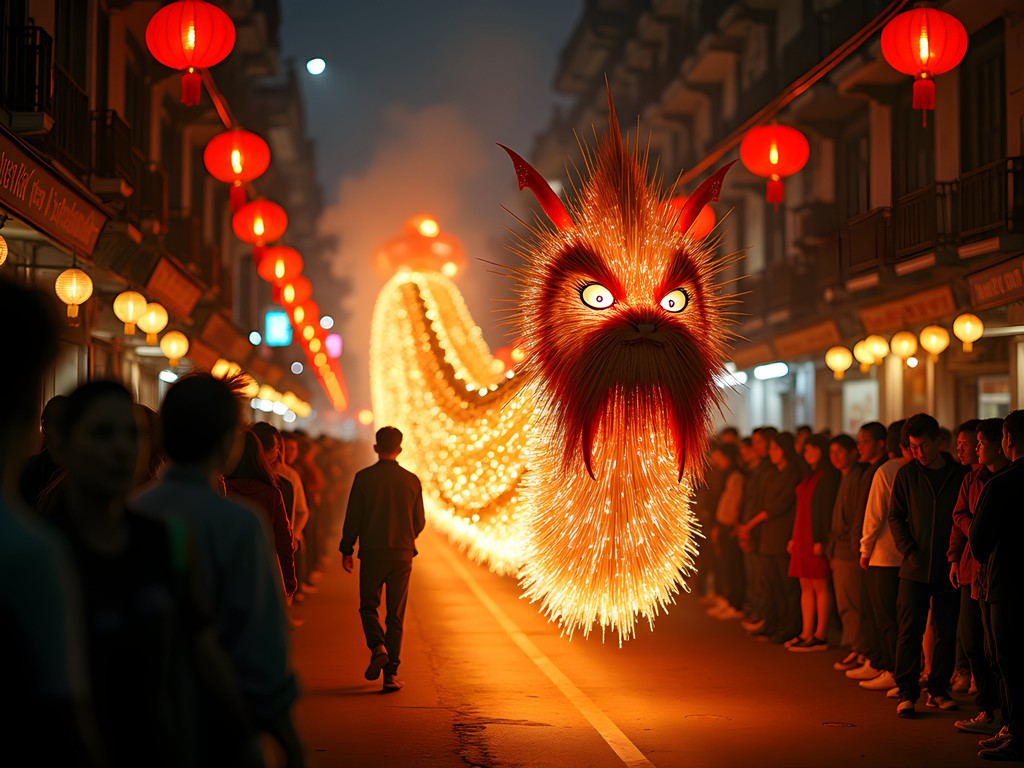
💡 Pro Tips
- Visit Lin Fa Kung Temple early morning to avoid crowds
- Book dinner reservations in advance for popular spots like Second Draft
- Explore the side streets between Tung Lo Wan and School Streets for hidden boutiques
Peng Chau: The Island Time Forgot
Just a 25-minute ferry ride from Central lies Peng Chau, a tiny car-free island that feels worlds away from Hong Kong's frenetic pace. At just 0.99 square kilometers, this forgotten gem represents the antithesis of the city's vertical ambitions – a place where three-story buildings qualify as 'tall' and bicycle bells replace car horns.
My first visit to Peng Chau was entirely accidental. After missing my intended ferry to Lamma Island, I spontaneously boarded the next departing vessel and found myself on this charming islet. What began as a navigational error became one of my most treasured Hong Kong discoveries.
The island's history as an industrial center has left fascinating remnants – abandoned factories, colonial-era administrative buildings, and the crumbling Great China Match Factory that once employed hundreds. Today, these spaces are finding new life through artist collectives and creative enterprises.
A leisurely circumnavigation of the island takes just a couple of hours. The Finger Hill trail offers spectacular panoramic views of surrounding islands and distant Hong Kong skyscrapers – a perfect visual metaphor for the island's relationship with its metropolitan neighbor. When hiking here, my compact water filter bottle has been invaluable for refilling from public taps without worrying about water quality.
For lunch, follow the locals to Kee Sum Café for their legendary peanut butter French toast – a Hong Kong comfort food elevated to art form – or try the catch of the day at one of the waterfront seafood restaurants where prices are refreshingly reasonable compared to Hong Kong Island.
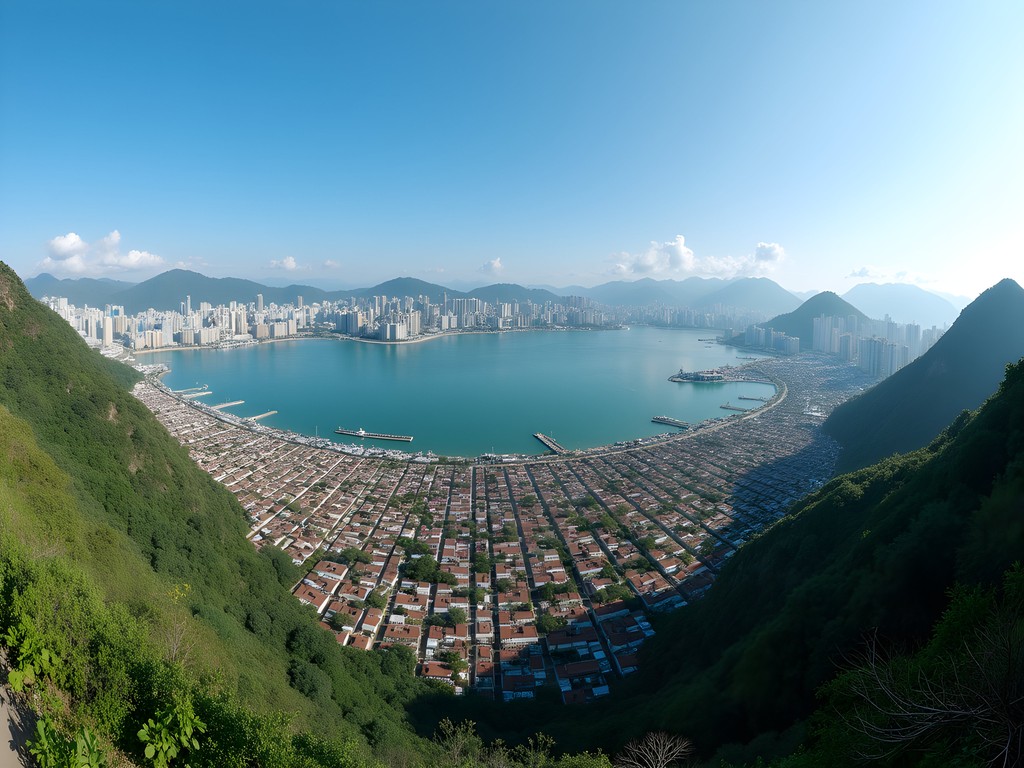
💡 Pro Tips
- Check ferry schedules carefully as they're less frequent than to larger outlying islands
- Rent a bicycle near the ferry pier to explore more efficiently
- Bring Hong Kong dollars as there are no ATMs on the island
Lai Chi Wo: Rural Hong Kong's Hakka Heritage
Few visitors realize that Hong Kong's territory is 75% countryside, with substantial areas designated as country parks and nature reserves. Among these green spaces, the abandoned Hakka village of Lai Chi Wo stands as my favorite testament to Hong Kong's rural heritage.
Reaching this remote northeastern corner of the New Territories requires commitment – a combination of public transport and a 4km hike through Plover Cove Country Park. The journey itself becomes part of the experience, winding through bamboo groves and past abandoned rice terraces slowly being reclaimed by nature.
Founded 400 years ago, Lai Chi Wo was once a prosperous Hakka village with over 200 houses arranged according to feng shui principles. While largely abandoned in the 1960s as residents sought opportunities in the city or abroad, recent revitalization efforts have brought new energy. A handful of elders have returned, and weekend visitors can now enjoy farm-to-table meals featuring locally grown produce.
The village's most impressive feature is its feng shui woodland – a crescent of ancient trees carefully cultivated over centuries to protect the settlement. Some of these magnificent specimens are over 500 years old. When photographing these natural giants, I rely on my wide angle smartphone lens to capture their full majesty without carrying bulky equipment on the hike.
For the full experience, time your visit to coincide with one of the Hakka cultural festivals when traditional performances and food offerings provide glimpses into this distinct cultural heritage. The village's remoteness means you'll need to pack essentials – I always bring my ultralight day pack which folds down tiny when not needed but expands to carry water, snacks and layers for changing weather.
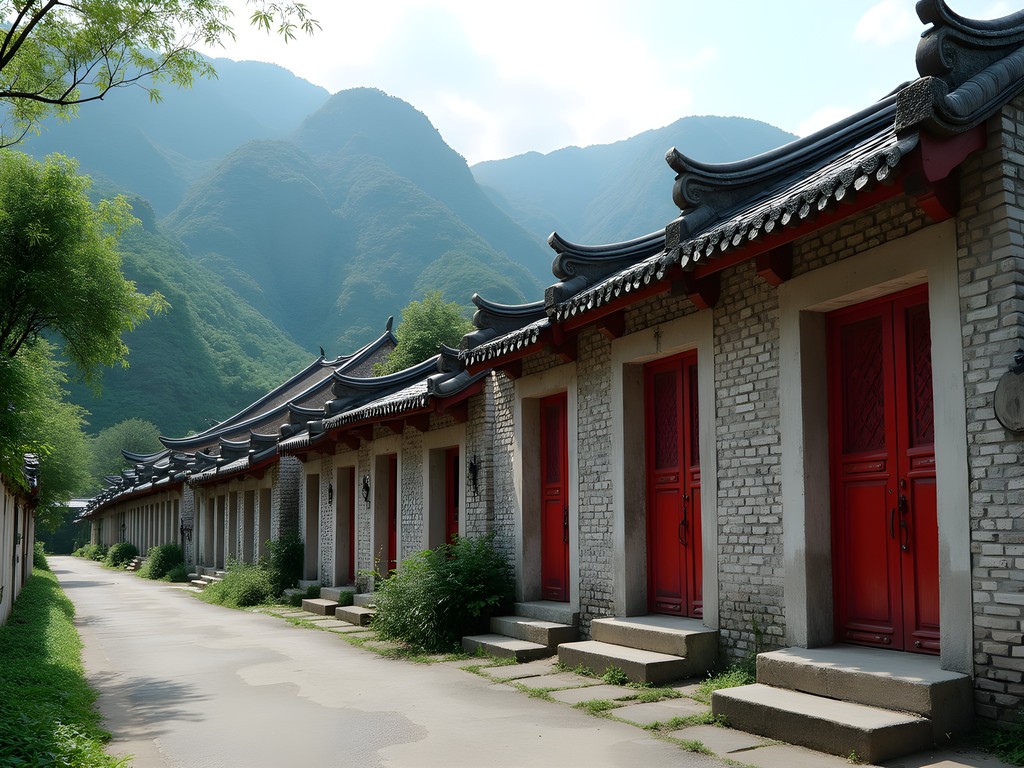
💡 Pro Tips
- Join a guided tour with the Lai Chi Wo Cultural Landscape Conservation Project for deeper insights
- Check the ferry schedule from Ma Liu Shui pier before planning your trip
- Pack sufficient water as there are limited facilities along the hiking route
Stone Nullah Lane: Wan Chai's Historic Heart
Between the gleaming office towers and luxury hotels of Wan Chai hides Stone Nullah Lane, a street that offers a time-traveling glimpse into colonial-era Hong Kong. The name 'stone nullah' refers to the canal that once ran through this area, channeling rainwater from the hills down to the harbor.
At the heart of this historical lane stands the 'Blue House,' a four-story tenement building painted in a distinctive indigo blue. Built in the 1920s, this rare surviving example of tong lau architecture now houses the Hong Kong House of Stories, a community museum where I've spent hours absorbing personal narratives of old Wan Chai through photographs, artifacts, and oral histories.
What makes this neighborhood special is the authentic slice of local life that persists despite gentrification pressures. Elderly residents hang laundry from bamboo poles extended from windows, traditional medicine shops display dried herbs in glass jars, and dai pai dongs (open-air food stalls) serve no-frills Cantonese classics.
The area has also embraced thoughtful revitalization. The former Wan Chai Market, an Art Deco building from 1937, has been partially preserved within a modern residential development – a rare compromise between heritage conservation and urban renewal in a city often criticized for prioritizing development over history.
For evening exploration, I recommend joining locals for craft beers at The Ale Project or cocktails at Bar Moth, where the pocket translator I carry has facilitated fascinating conversations with Hong Kong residents about the neighborhood's transformation. These personal exchanges provide insights no guidebook can offer.
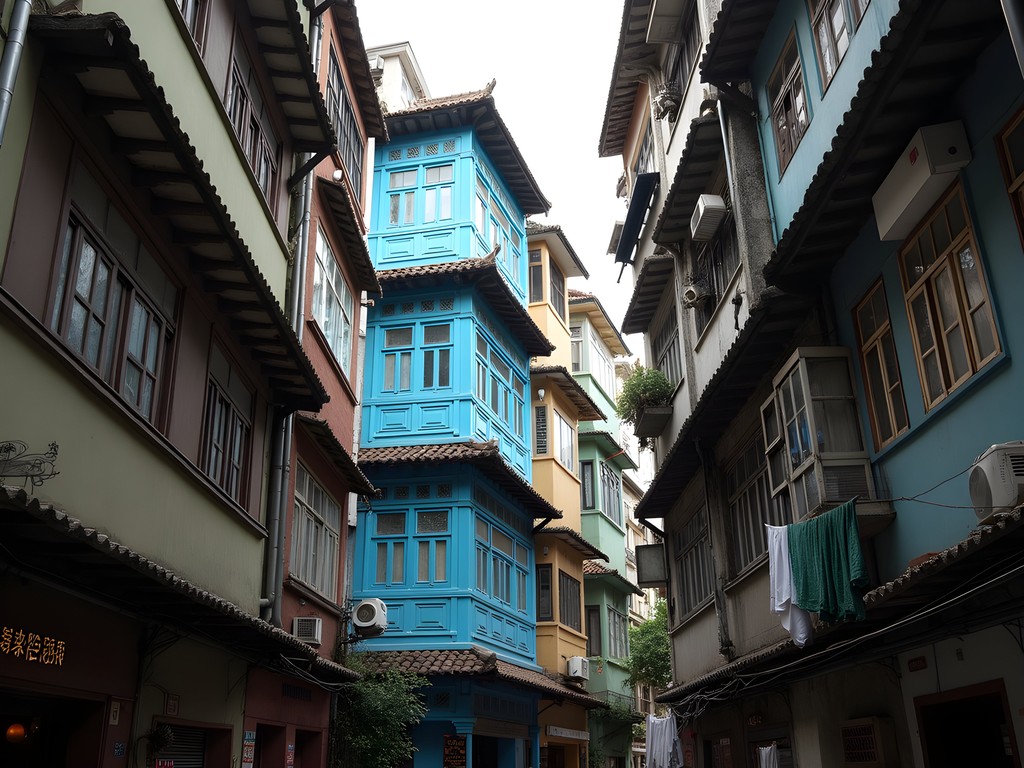
💡 Pro Tips
- Visit the Hong Kong House of Stories between 10am-6pm (closed Mondays)
- Look for the historic street signs with both English and Chinese characters
- Try traditional egg waffles from the small shop near the intersection with Queen's Road East
Final Thoughts
As my week exploring Hong Kong's hidden neighborhoods comes to an end, I find myself sitting at a dai pai dong in Central, watching the evening commuter rush while sipping milk tea from a glass mug. The contrast between this traditional street café and the banking towers overhead embodies what makes Hong Kong so captivating – it's a city of layers, where the ultramodern and the traditional don't just coexist but intertwine in fascinating ways.
Beyond the postcard vistas and shopping malls lies a Hong Kong of incredible depth and character – one that reveals itself slowly to those willing to venture into its lesser-known neighborhoods. From the creative energy of Tai Hang to the rural tranquility of Lai Chi Wo, these districts tell a more nuanced story about Hong Kong's identity and evolution.
Next time you visit this vertical city, I encourage you to set aside at least half your itinerary for neighborhood exploration. Ride the ding-ding tram without a destination in mind, follow that intriguing side street, or simply exit the MTR at an unfamiliar station. The Hong Kong that unfolds might surprise you – it certainly continues to surprise me, even after multiple visits. After all, the soul of a city rarely reveals itself along the tourist trail, but rather in the quiet corners where everyday life unfolds.
✨ Key Takeaways
- Hong Kong's neighborhood character varies dramatically across short distances
- Public transportation makes even remote districts accessible for exploration
- The most authentic experiences often happen in areas with few tourists
- Urban renewal and heritage preservation create fascinating contrasts throughout the city
📋 Practical Information
Best Time to Visit
October-December (autumn)
Budget Estimate
$100-150 USD per day (mid-range)
Recommended Duration
5-7 days
Difficulty Level
Moderate


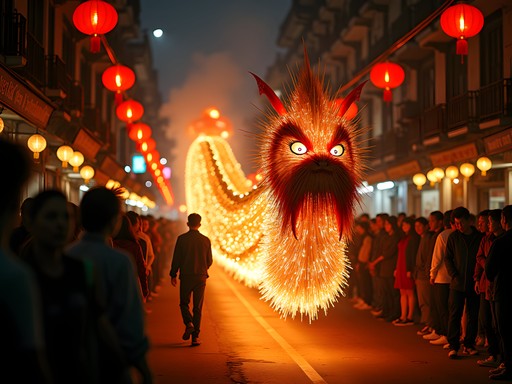

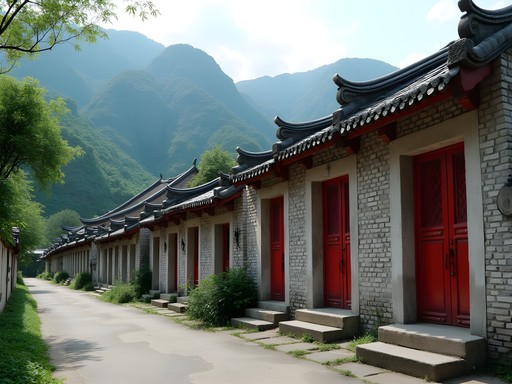
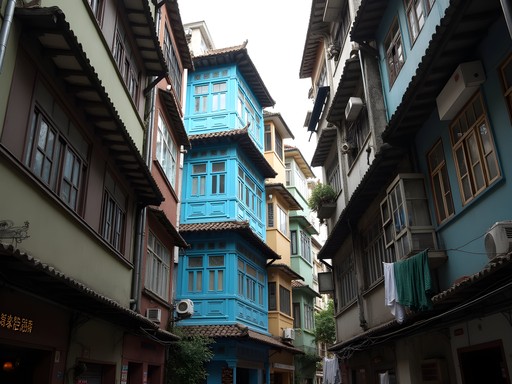


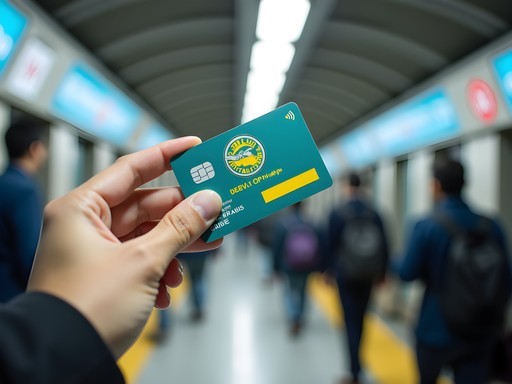
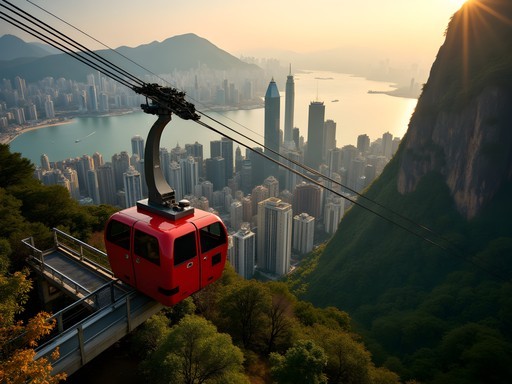
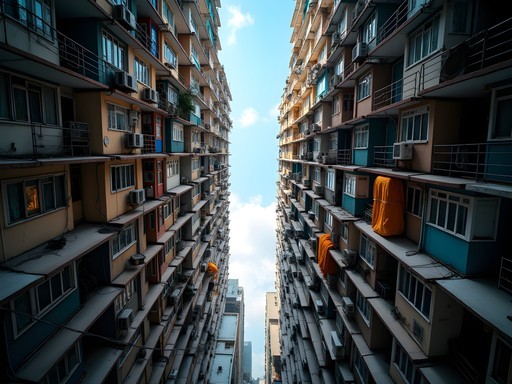
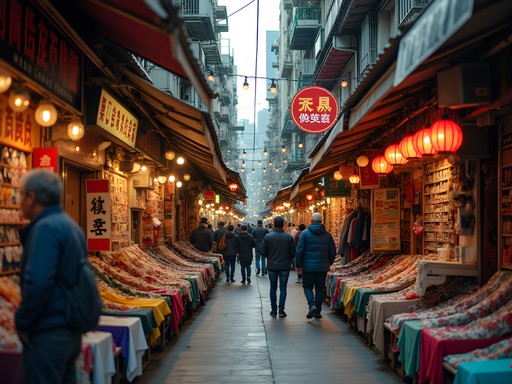
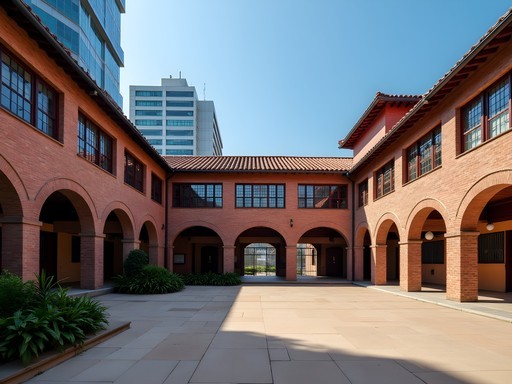
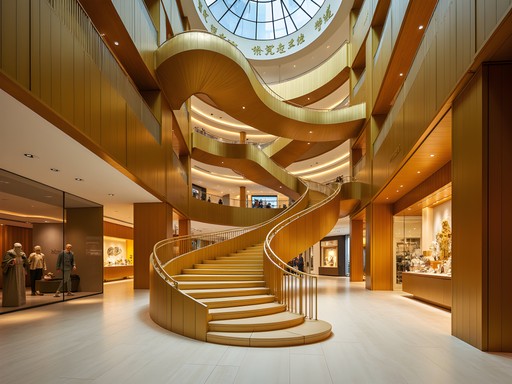
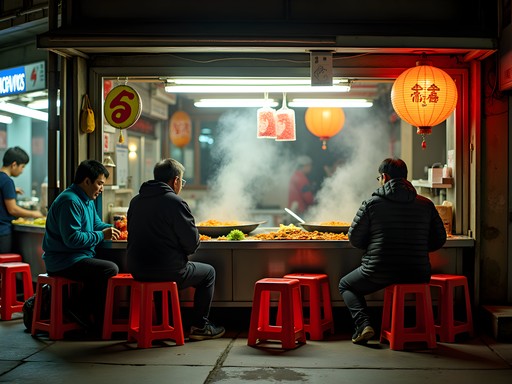
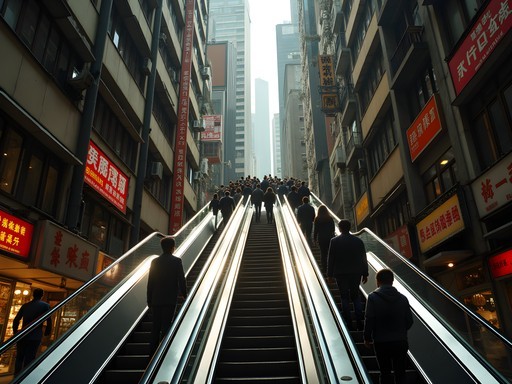
Comments
coffeepro8158
Just got back from Hong Kong and wish I'd seen this sooner! We only did the typical tourist spots. Saving this for next time - especially want to check out Lai Chi Wo. Those Hakka houses look incredible in your photos.
Jerry Kelley
@coffeepro8158 There's always next time! Lai Chi Wo is definitely worth the journey. The contrast between the urban core and these preserved villages is what makes Hong Kong so special.
Savannah Walker
This post brought back so many memories! I spent three days in Tai Hang last year and fell in love with the creative energy there. There's this tiny coffee shop run by a former architect who roasts his own beans and designs the most incredible latte art I've ever seen. I spent mornings hiking the nearby trails (Dragon's Back is a must!) and afternoons exploring the design studios. For anyone going, make sure you have a good map app - the winding streets can get confusing but that's part of the charm. I used my travel journal to sketch the hidden corners and collect business cards from the local artisans. Jerry, your photos perfectly capture that magical light in the narrow alleys!
Jean Wells
Excellent piece on Hong Kong's hidden gems, Jerry. I've been documenting these neighborhoods for years, and Lai Chi Wo is particularly special - the Hakka architecture there is remarkably preserved compared to other villages I've visited across Southeast Asia. When I visited last summer, I hired a local guide who showed me several ancestral halls not typically open to tourists. I'd recommend visitors bring good hiking shoes for Lai Chi Wo, as the paths can be uneven. Also worth noting that many shops in Peng Chau close early, so morning visits are best. I captured some wonderful morning light there using my travel tripod which was perfect for the narrow streets. Looking forward to your next hidden neighborhood piece!
freefan
Jean, do you have recommendations for a good local guide for Lai Chi Wo? Planning a trip there this summer.
Jean Wells
I used a guide named Michael Wong - very knowledgeable about Hakka culture and speaks excellent English. The Hong Kong Tourism Board can help with booking, or check with your hotel concierge.
starperson
We did Sham Shui Po on our trip last year and it was the highlight! Found the best dim sum place down a random alley. No English menu but the food was incredible. Those electronic markets are insane too - my husband spent hours there!
oceanfan
Heading to HK next month! How hard is it to get to Peng Chau? Is it worth a full day trip?
Jerry Kelley
@oceanfan It's super easy! Ferry from Central Pier 6 takes about 40 minutes. Definitely worth a day if you want to escape the city hustle. Bring good walking shoes and your camera!
oceanfan
Thanks Jerry! Adding it to my itinerary now. Can't wait!
Sophia Gomez
Jerry, this is exactly the kind of content I've been looking for! I was in Hong Kong last year for a business conference and managed to sneak away for a day to explore Sham Shui Po. The fabric markets there are incredible - I ended up having a custom suit made for about a third of what I'd pay back home. The elderly tailor barely spoke English but somehow we communicated through gestures and a translation app. I wish I'd known about Tai Hang though - sounds like the perfect place to unwind after meetings. Definitely bookmarking this for my next trip!
beachqueen
@Sophia Gomez - that suit story is amazing! Did you need to stay extra days for fittings?
Sophia Gomez
@beachqueen Surprisingly no! First measurement in the morning, quick fitting that evening, and picked it up the next day before my flight. The craftsmanship is incredible - still my favorite suit!
beachqueen
Love this! Always wanted to see the non-touristy side of Hong Kong. Those tram rides look amazing!
blueway
Love this post! The photos of Tai Hang are gorgeous. Going to HK in February and definitely want to check out these neighborhoods. Is the tram the best way to get around or should we stick to the MTR?
Jean Wells
Not the author, but I've been to HK many times. The MTR is efficient for covering distances, but the tram gives you that classic Hong Kong experience. For Sham Shui Po, definitely MTR (get off at the station with the same name). For Tai Hang, I'd recommend MTR to Tin Hau and then a short walk. For Peng Chau, you'll need the ferry from Central Pier 6. I always use a mix of transportation methods when there!
blueway
Thank you so much! That's super helpful. Can't wait to try the tram ride up to Mid-Levels that Jerry mentioned.
freefan
Just got back from HK last month and wish I'd seen this earlier! Spent a day in Sham Shui Po and it was the highlight of my trip - those electronics markets are insane and I found this tiny noodle shop down an alley that had the best wonton soup I've ever tasted. Didn't make it to Peng Chau though, which now I'm kicking myself about. How long does the ferry take to get there from Central?
blueway
Ferry to Peng Chau is about 30-40 mins depending on which one you catch. So worth it though! Such a different vibe from the main island.
freefan
Thanks! Definitely on my list for next time.
hklocal_89
As a Hong Kong resident, I'm happy to see someone showcasing our lesser-known neighborhoods! One tip for Lai Chi Wo visitors: check the Geo Park website before going as they sometimes have guided tours with local villagers who returned to revitalize the area. Their stories add so much depth to the experience.
roamzone2712
Just got back and we did exactly this! The guided tour was amazing and we learned so much about Hakka culture!
Venture X
Premium card with 2X miles, $300 travel credit, Priority Pass